Thrilling Whale Watching in San Diego – Explore Marine World
Whale Watching in San Diego is one of the most exhilarating adventures that combines beauty of Sea animals and thrill of discovery. San Diego, famous for the astonishing embark and the geographical location, offers some of the most memorable experiences in the world of this type. If you love the natural world, and/or if you are a parent with children wishing to have a very memorable experience, or even a wildlife photographer who’s looking for the perfect picture, then San Diego will not fail you!
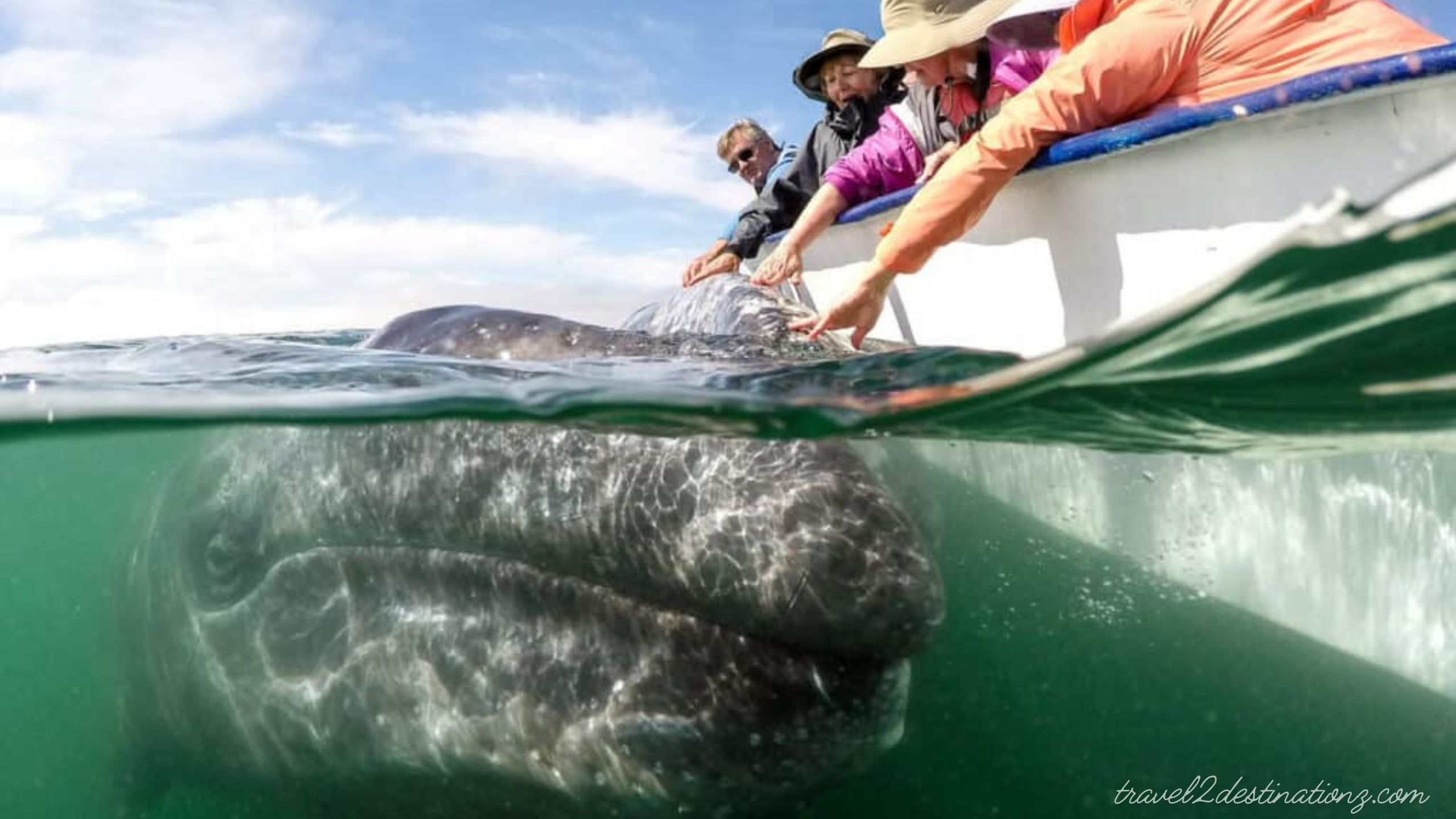
Why San Diego is a Prime Location
Considering that San Diego is located on the coast at the edge of the immense Pacific Ocean it is on the primary transitional path more specifically when it comes to migratory activities of cetaceans. Besides, the temperate climate in the nearby seashore found in the city plus the proximity to the deep seas offers the perfect environment for many species of whales to thrive. Therefore San Diego ends up being a home of passage for these behemoth and for enthusiasts who are always waiting to catch a glimpse of such giants.
It is promising for the excellent organization of whale-watching tours here because San Diego is a city that is very enthusiastic about marine conservation and appreciates the great wildlife habitats. Many measures are applied regarding the protection of whales and their environment in order to maintain conservation of their natural environments in the sphere of tourism.
There are no other cities quite like San Diego not only because of the beautiful view but also because of the educational opportunity. Many trips are under the direction of marine biologists and nature enthusiasts, which explains deep knowledge about whales’ behavior, migration patterns, and protection initiatives. Carefully, this boosts the adventure making it more fun and informative to guests of all ages we can presume to exist.
Types of Whales You Can See
Whale watching it San Diego offers an amazing opportunity to observe a great variety of whales up close. Every one of them has its own characteristics and interactions within the environment; all of these factors contribute to the overall fabric of the sea creatures in the given area.
Blue Whales
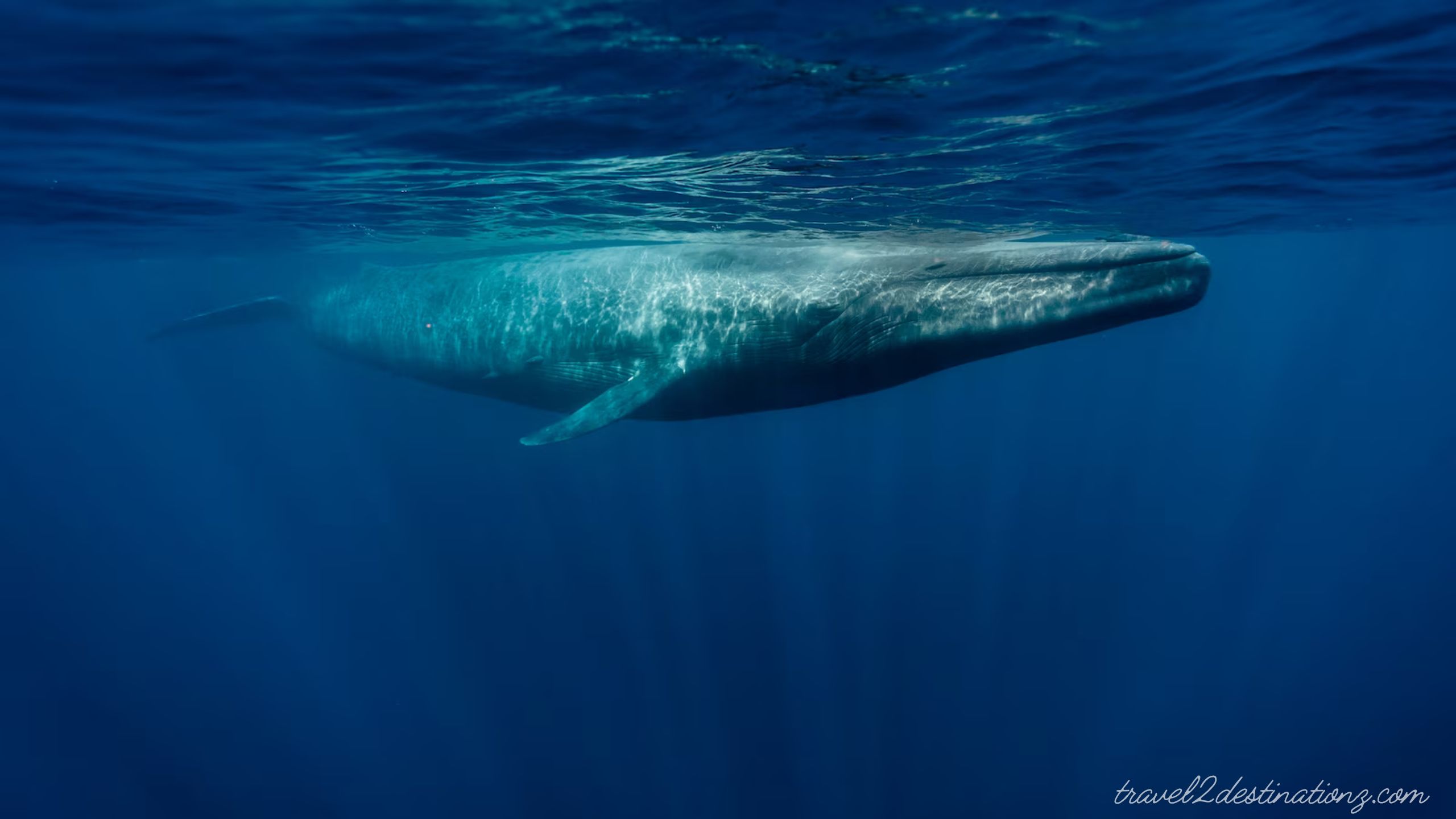
Observation of Blue whales, the largest animals on earth turns into the highlight occurring in San Diego whale watching. These oppulent creatures can grow as large as 100 meters and are well known for having a blue-gray skin and a very slim build. Blue whales have seasonal movements along the coastal waters of California where they feed on the surface dwelling krill in the region’s food rich waters.
Humpback Whales
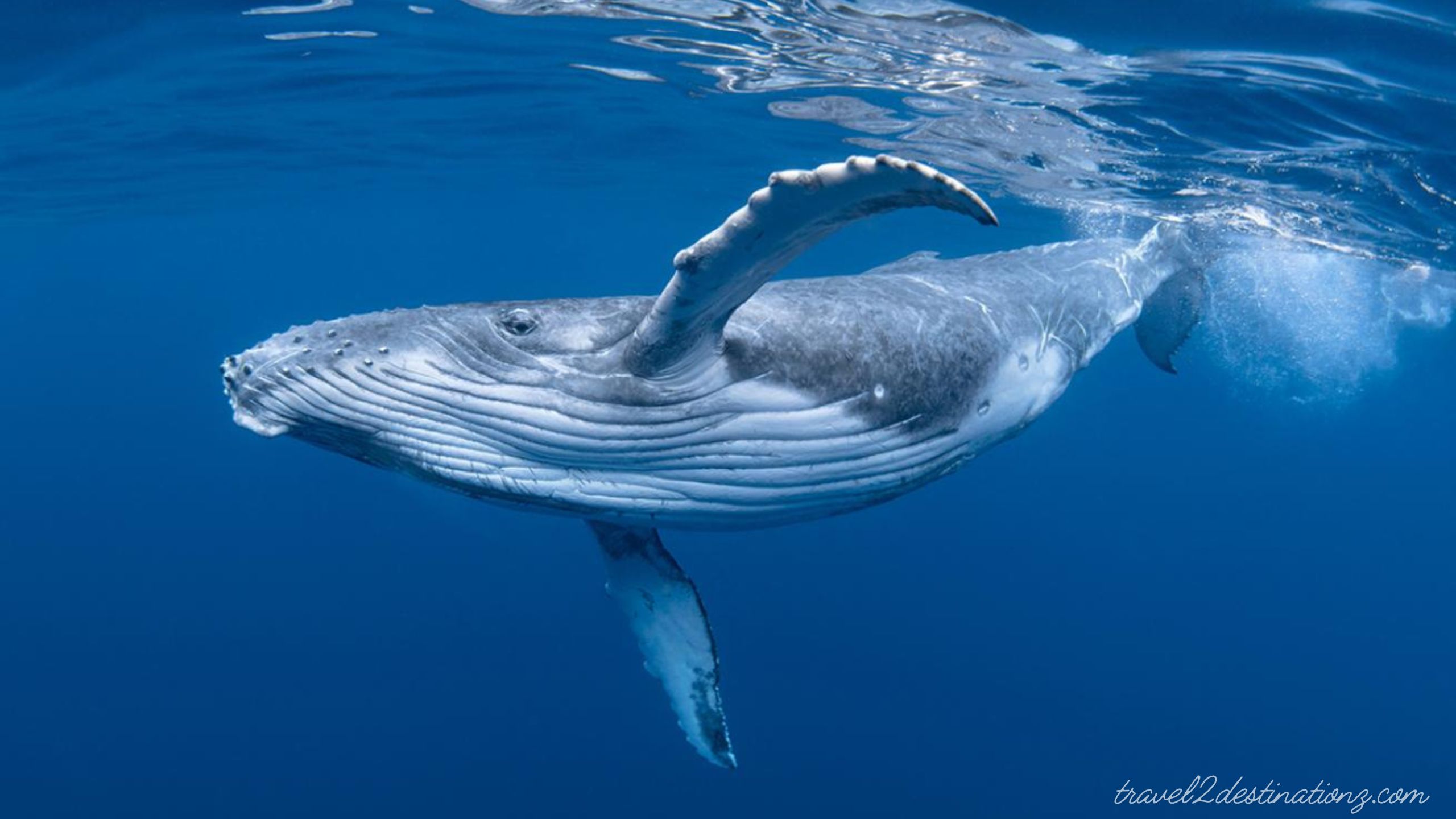
Many whale watching tourism in San Diego includes humpback whales. Breaching and tail slapping are some of the recognized astonishing moves performed by these majestic creatures in the extreme sky. Every year, humpback undertake large scale migrations from regions with cold water where they feed to regions with warm waters where they mate and give birth. Cranially, the most easily recognizable feature is the protuberant heads, coupled with elongated pectoral fins that want them to tag along apart from other whales.
Gray Whales
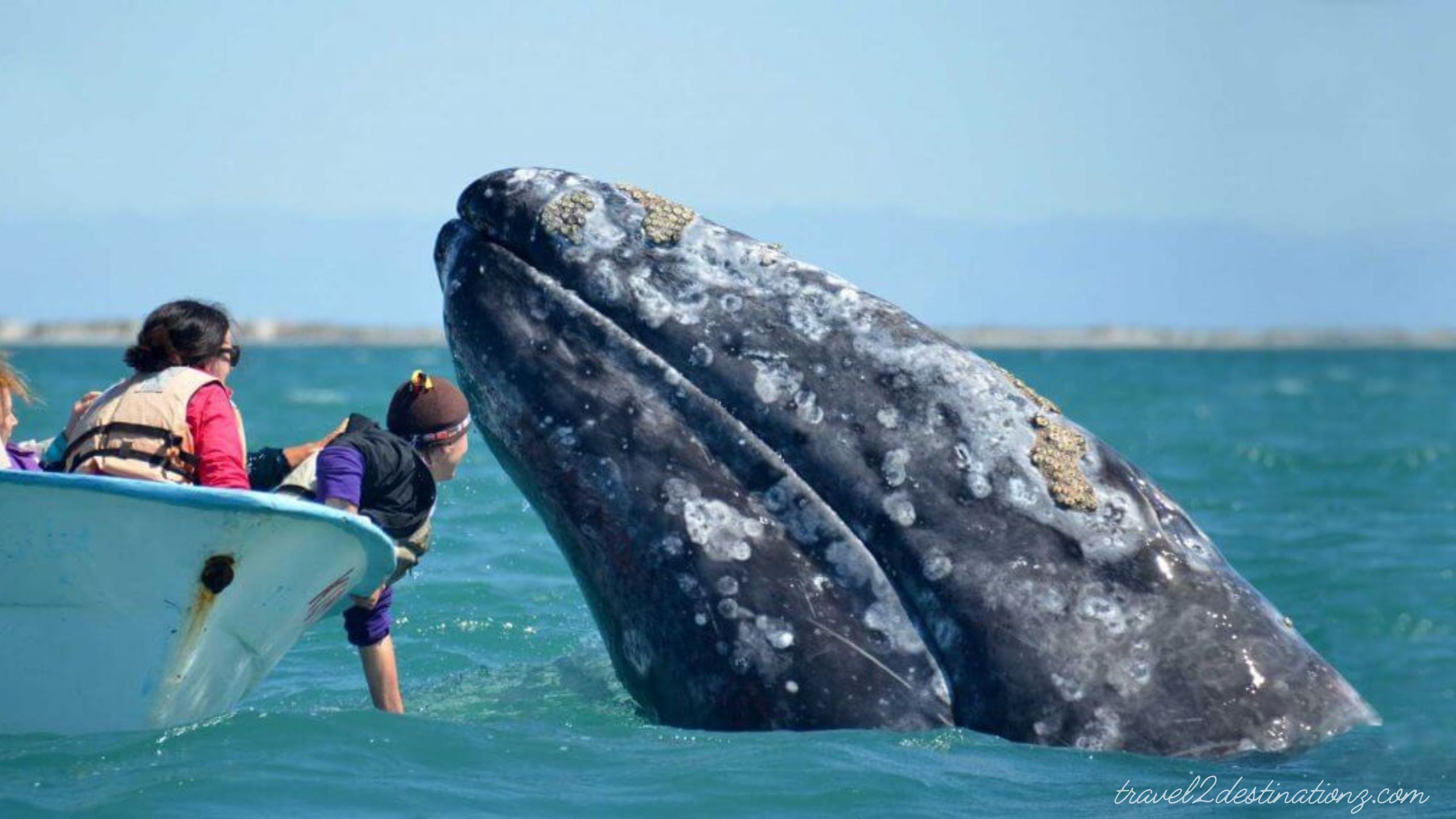
Adult gray whales undertaking one of the longest migrations of any mammal wagging between 11 and 12 thousand miles between the Arctic feeding area and Baja California breeding lagoons. San Diego proves to be the excellent stopover for them since it is located along their migration route and the balance gives the best opportunities to see such massive giants of the ocean.
Orcas (Killer Whales)

Sporadically found off the coast of San Diego, orcas or killer whales are comparatively not as common as other whale species. Intelligent with complex social relationships as well as known to be excellent hunters, orcas swim in groups and they feed on fish, seals, and even other whales. The amazing opportunity in whale watching is when individuals can witness these big catches of the sea in their natural setting.
Unique Features of Each Whale Species
Subsequently, it allows enhancing the overall experience of whale watching in San Diego by acknowledging the peculiarities of each species of whales.
Size and Appearance
Blue whales with an average body length of about nine metres do not just deserve the honour as the largest known animals in the world today but also because female of this species are generally larger than the males. It has a slim with an elongated body, it is blue-gray in color having a marbled appearance as well as a pronounced dorsal fin. Humpback are characterized by knobby heads and long ivory pectoral fins which stretch about a third of their body length. Their bodies are slate-grey to ebony and marked with various patterns and designs of lighter colours on their underbellies.
The gray whale belongs to the category of moderate-sized cetaceans, characterized by a variegated gray skin coloration, this is due to skin scars or barnacles clumps. They have a long sharp pointed head and have a row of humps that runs along their back making them very easily identifiable. By far, one of the most easily recognizable whales with regards to coloration and size is the orca with its black and white coloration and its large dorsal fin. They have a heavy build; the arrangement of the white coating is often dissimilar, which aids in differentiating each creature.
Migration Patterns
Understanding these differences and procedure of migration makes whales’ observing more interesting and reveals the necessity of conservation measures directed at preservation of these wonderful creatures and their habitats. The grey long being migrates between the feeding grounds within the Bering Sea and 14 other feeding areas around the California coast, and the mating grounds within warmer latitudes.
Humpback whales, like other whales, migrate to their feeding grounds and then to their breeding or mating grounds and the distance can be covered in thousands of kilometer annually. The gray whale performs one of the longest migrations of any mammal; feeding grounds in the Arctic for calving grounds in Baja California. Effectively, orcas are extremely active, travelling massive areas in their search for food, and some populations having specific migration patterns.
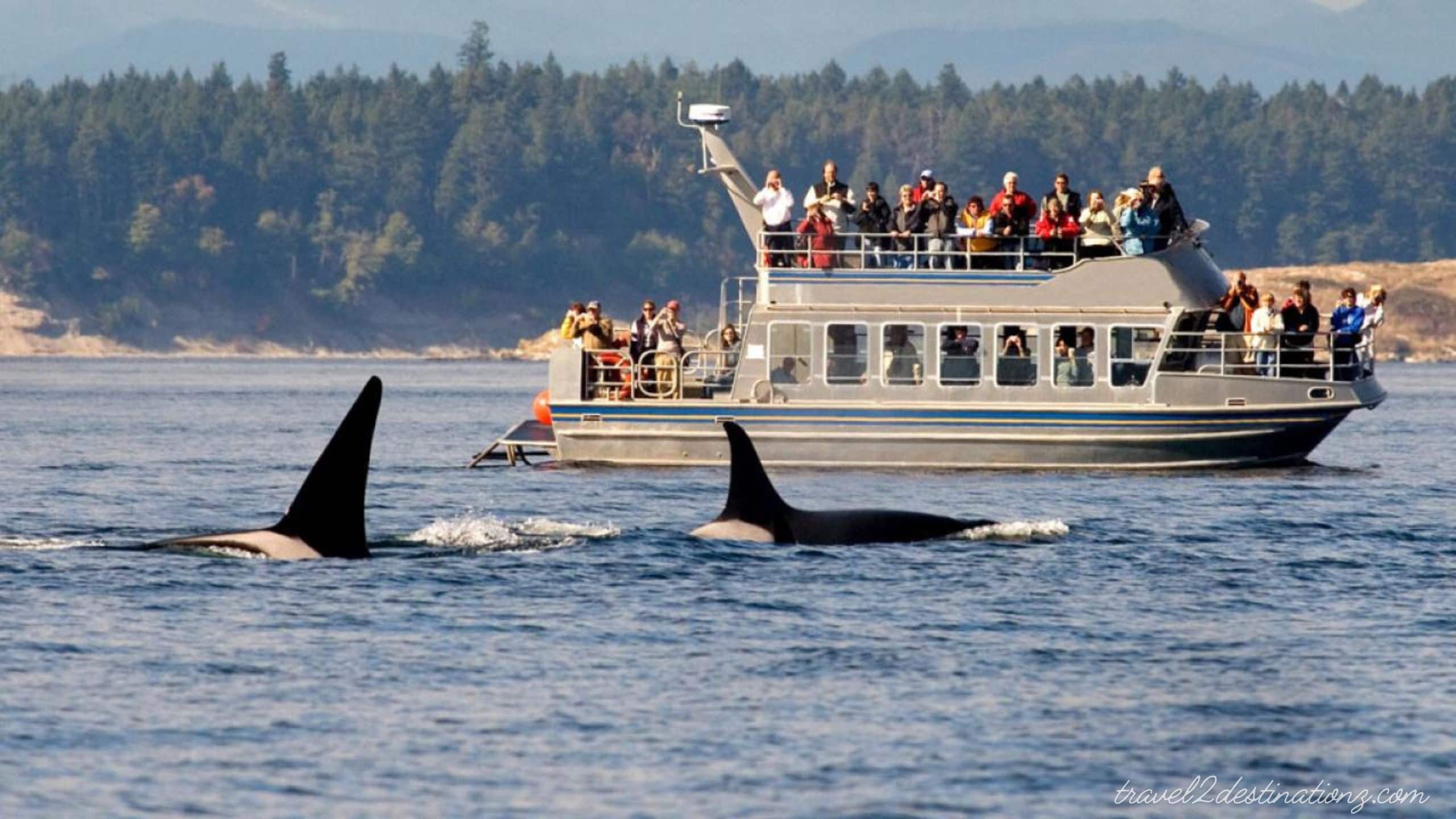
The Science Behind Whale Migration
Comprehending the scientific aspects subtleties the understanding gained during whale watching in San Diego. Understanding some scientific aspects of the whale migration and such process, which might be complicated, becomes a possibility to expand the visitor’s knowledge of these lovely animals and the balance of the ocean worlds of San Diego and other regions.
Learn more about the huge migration trails conducted by whales, all the distances that these sea creatures cover and the factors that influence their migration. Examine the role of different feeding zones in the colder and breeding zones in warmer environments for different species of whales.
Find out the ways that observations on the whales and their environment play into the preservation efforts concerning the seas. Obtain findings from research based on the impact of human activities on whales and their environment.
Best Times for Whale Watching in San Diego
Timing is critical when it comes to planning for the whale watching tour in San Diego to increase the chances of sighting these beautiful creatures of the wild. It is advised that San Diego whale watching season is normally from December to April that is similar to the yearly gray whale migration along the Pacific coast. In this span of time, countless gray whales migrate by San Diego heading south from their feeding grounds in the Arctic to the warm waters of Baja California to birth their calves.
Those who are interested in a possibility to observe blue whales mainly have a chance from mid June to September. This is the time when they move along the coast of California to feed on large amounts of krill concentrated in the generous coastal zone. In summer especially from June, July, August up to September, hump back whales, special for their ability to do flips are often seen moving along the Pacific coast.
Overall, San Diego happens to be the best to observe whales during slightly different time if the given species of the mammal you would like to view is taken into account. However, guided tours are available all year round, which allow the opportunity to view these beautiful creatures, and listen to the descriptions of their activities from representatives of the tours and other nature lovers.
Seasonal Patterns
Understanding when whales migrate is always essential to plan a successful whale watching tour in San Diego. Winter is the best season that should be associated with whale watching in San Diego mainly involving gray whales. These huge creatures travel from their feeding areas in the Arctic down to the calmer waters of Baja California; occasionally they move past the waters found off the coast of San Diego. Throughout spring whales continuously migrate and during this season one will come across the gray whales and at times humpback and even the blue whales.
Thus, it is possible to celebrate the opportunities of meeting blue whales close to the shores of San Diego in summer. These large animals migrate over the coast of California in a constant chase of the small shrimp like krill which they find in the rich sea areas. Breaching and tail-slapping are some of the fantastic activities one is likely to see during summer season in humpback whales. When it comes to San Diego, autumn gives a new approach to the matter of whale-watching season.
While gray whales are rare during this time, one can occasionally watch other species of whales like humpback whales and, at some cases, blue whales as they go through their migratory routes. Understanding these patterns provides benefit to the San Diego visitors allowing them to prevent coordination of their whale watching ventures thus; improving their chances of coming across these amazing sea creatures.
Optimal Weather Conditions
Choosing the right weather can definitely help take your whale watching experience in San Diego to another level. Should more than average numbers of whales is to be sighted in San Diego, then, the excellent weather conditions include clear skies and calm waters. Such conditions provide excellent conditions and platform for watching whales either from the boats or shores. In the absence of clouds, there are better opportunities to get more natural light visibility to monitor whales’ activities such as breaching and tail slapping. In regard to flight sickness, calm and less choppy seas will reduce the occurrences leading to motion sickness among passengers on the boats used for whale watching services.
The climatic conditions have favorable weather conditions for whale watching in San Diego throughout the year. The weather is relatively warm to allow for outdoor observation for longer periods whether from the sea or from the shore. It is suggested, therefore, that one should put on many clothes so that one can be able to warm up should the temperature drop in the morning or in the evening when prepared for an outdoor activity.
Ideal wind speeds are generally moderate, which helps create a cool wind which does not create big waves and rough sea conditions. Adverse weather such as instances when there are strong winds or a storm can affect visibility and the sea’s condition, hence, negatively affect the general whale-watching experience. Picking days with pleasing weather, with sunshine, no ripples on water, and moderate temperature increases the chances of coming across whales and promotes the opportunity of an enjoyable time around the marine environment in San Diego.
Importance of Conservation and Responsible Whale Watching
Whale watching in San Diego is not only the act of observing the whales and their majesty’s but embracing the whales’ natural habitat and supporting the entities and activities striving to preserve the whales for future generations.
Through ethical and moral principles and supporting conservation, tourists get to relish whale watching adventures in San Diego while providing the same benefits to maintain the welfare and conserve the marine life. The obvious way of protecting the marine mammals such as whales is to ensure that there is a safe buffer around them to minimize human interference. These magnificent animals should be kept at a minimum of 100 yards and specific changes must be made to one’s speed and direction that essentially avoids closing in on the whales.
To reduce the impact of whale watching on species, it is recommended that the time spent with the animal should be minimized, loud noises should not be produced and movements should not be very vigorous so as not to cause distress to the whales. Donate to educational initiatives and drive to develop publicity of marine protection, behavior of whales, and necessity of preserving sea environment.
Support companies that practice sustainable whale watching, with reduced emissions boats and that contribute to marine project research. Support the formation as well as the administration of the marine protected areas meant for the protection of key habitats of whales and other marine organisms.
Tips for a Memorable Whale Watching Experience
Planning for a whale watching expedition in San Diego guarantees a remarkable and pleasurable outing for visitors of every generation.
Carrying binoculars increases the ability to observe whales as well as their behaviors at a safe distance. Bring a camera with a zoom lens or a good quality camera of a smart phone where you will be able to take memorable shots at several places during the trip. Because days here in San Diego can be very hot in the mornings and evenings and cool in between, wear layers of clothing. Pack sun block, sun glasses and a hat for protection from the strong sun when in the water. It should be noted that food and lots of drinking water are necessities that should be taken when going for a whale watching trip.
If these factors are properly followed, the probability of seeing whales and having a great experience in San Diego’s fabulous marine environment is heightened. One should get to the pick-up point early enough so as to go through the various formalities of boarding and capture a strategic position at the boat. Passively listen during briefings and similar educational sessions provided by guides, which can explain the types of whales and how to observe them. These include; Follow instructions given by the crew members and naturalists to ensure that the viewing of the mythical creatures is safe and appropriate.
Photography and Viewing Equipment
Achieving impressive photographs and experiencing unobstructed views of whales necessitates appropriate equipment and preparation. Telephotos (200mm or more) are ideal for shooting details of whales from a distance with a DSLR camera. The affordably of inter-changeable lens to mirror less camera makes them relatively compact and versatile for the purpose of whale watching photography. For general recording when it is safe and you are close to the water body surface, the waterproof/splash-proof cameras should be used.
The appropriate photography and view finding equipment enhances the whale watching experience since the tourists can get excellent shots of the whales and also view the whales in the best possible ways. Opt for binos that have magnification between 7 and 10 and objective lenses of 42mm and above to get the best view. Consider using binoculars that have image stabilization feature to minimize effect of the shakiness of the hands when holding the binoculars.
Local Attractions Near Whale Watching Sites
Exploring nearby attractions enhances the overall whale watching trip in San Diego, providing extra chances for relaxation and enjoyment. Out of the many restaurants nestled along the coastal line of San Diego, what diners get to enjoy is an assortment of sumptuous sea-food dishes with beautiful sceneries to complement the food. Savor a moment of peacefulness with a cup of coffee or tea in aromatic coffee shops located near the places where people depart to watch whales.
San Diego offers a diverse menu of places and things to do supplementing the excitement and fascination of watching the whales that will keep the wonder and inspiration of people both tourists and residents alive. After the whale watching in the morning you can go to the adjacent coast for sunbathing, swimming or seashell collection. Try beautiful trails for hiking leading to coastal views and an opportunity to see local vegetation and fauna.
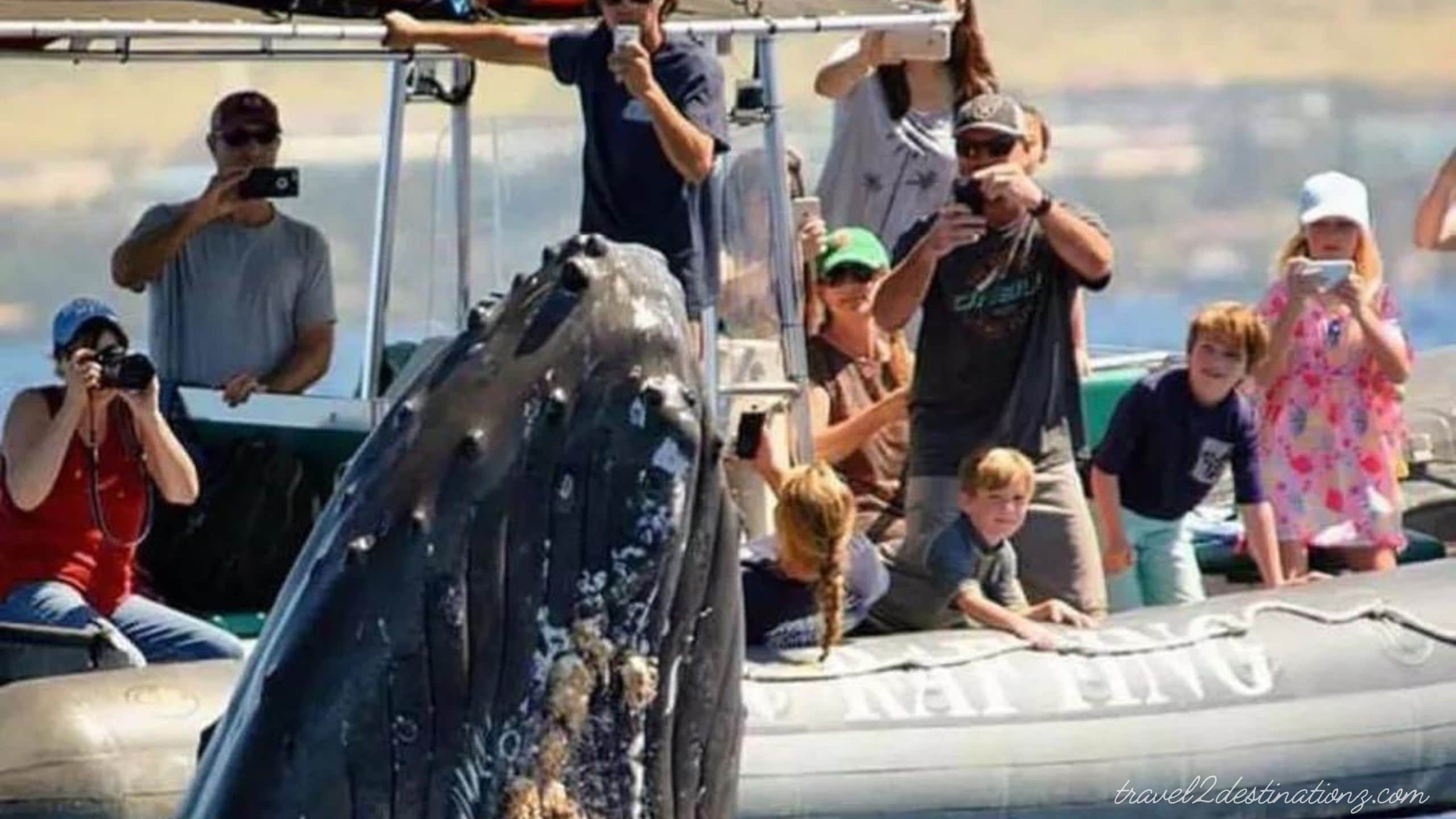
A Family-Friendly Adventure
The whales sightseeing in southern California indeed turns into an exciting and challenging journey which can be interesting and useful for children and adults. Choose whale watching tours that offer fun and productive educational programs for children which are to be implemented on board and accompanied with presentations. Some tour companies have junior naturalist programs that enable children to interact with marine animals like whales with the help of specialist tour guides.
The whale watching trip that Lorraine takes in San Diego is an enthralling adventure that instills the value of the ocean and its creatures’ protection among children. Engage children with extended as general and specific information about marine life, whales, and their saving projects during the tours. Select physical activities like watching marine birds and learning different types of whales from their physical characteristics.
Conclusion
Watching whales in California particularly within the coast of San Diego is an incredible opportunity to interact with the natural world and be one on one with the beauty of marine life as they are in their own habitat. The display of the beautiful giant azure and humpback whales, the gray whales, and occasionally the orcas, also the info, and the educational experience intending to foster better understanding of whales and attempts of preserving the species – all of them can guarantee the enthusiasts of the living giants across every generation an unforgettable pastime on the San Diego coastline.
Supporting ethical values in whale watching, being aware of the respect to wildlife, and supporting locals’ attempts in the protection of marine life and environment let viewers become a part of the constant and simultaneous protection of whales and their homes for others to come and appreciate. Regardless of whether this is the person’s first time in observing these giants of the sea or an experienced onlooker, San Diego does not disappoint as it offers close interaction with these creatures in beautiful ocean backgrounds.
FAQ’s
What is the best month to see whales in San Diego?
The optimal times for observing Humpback whales in San Diego coincide precisely with their migration patterns, typically reaching their zenith from mid-October through November and then resuming in March and April. During these intervals, Humpback whales exhibit breaching and splashing behaviors, creating a truly enchanting spectacle.
Where to see whales in San Diego?
Two excellent locations for observing the gray whale migration from the coastline are the Birch Aquarium at Scripps, Cabrillo National Monument, and Torrey Pines State Reserve. These sites feature hiking trails that provide panoramic views of the Pacific Ocean.
How many whales are at SeaWorld San Diego?
Long Beach, Monterey Bay, and San Diego are notable spots. The coastal regions of California have documented higher concentrations of killer whales over time, especially during feeding periods when their prey is abundant.
Explore California
Enjoy San Diego Itinerary | Embrace the Magic of Finest City
Plan the Perfect Lake Tahoe Bachelorette Party
Dinner Cruise Lake Tahoe | Unforgettable Dinning Experience
Discover the Finest Restaurants in Midtown Sacramento
Best San Diego Waterfalls You Must See
Fields of Flowers in California | A Visual Delight
Explore Big Pine Lakes – Pristine Lakes & Epic Backpacking
Top 10 Active Volcanoes in California | Revealing Mysteries
Serene Day Trips From Palm Springs | Reveal Hidden Gems
Remarkable California Hot Springs Resorts | A Guide to Peace
Affordable Day Trip to Santa Barbara to Enjoy, Shop & Eat
Spectacular Aurora Borealis in California in May 2024
Explore Best Southern California Camping for Families
100 Best Things to Do in Tahoe in Summer & Must-See Stops
Best Things to Do at Half Moon Bay CA, Top Hotels & Resorts
Enjoy Best Lantern Festival Los Angeles | Explore Vibrant CA
3 Best Babymoon in California Destinations For Couples
Free Tour Guide to Painted Cave Channel Islands Santa Cruz
9 Best Healing Southern California Hot Springs – Free Guide
Top Free Avocado Festivals in California-Explore Super Food
7 Best Northern California Beach Towns Find Secret Gateways
Top 7 Best Santa Barbara Hot Springs – Healing Spas of CA
5 Best View of the Golden Gate Bridge & San Francisco, CA
12 Best Things To Do in Mount Shasta – Your Complete Guide
15 Best Once In a Lifetime Things to Do in Los Angeles, CA
Discover Best Cities to Visit in California | Unveiling Gems
